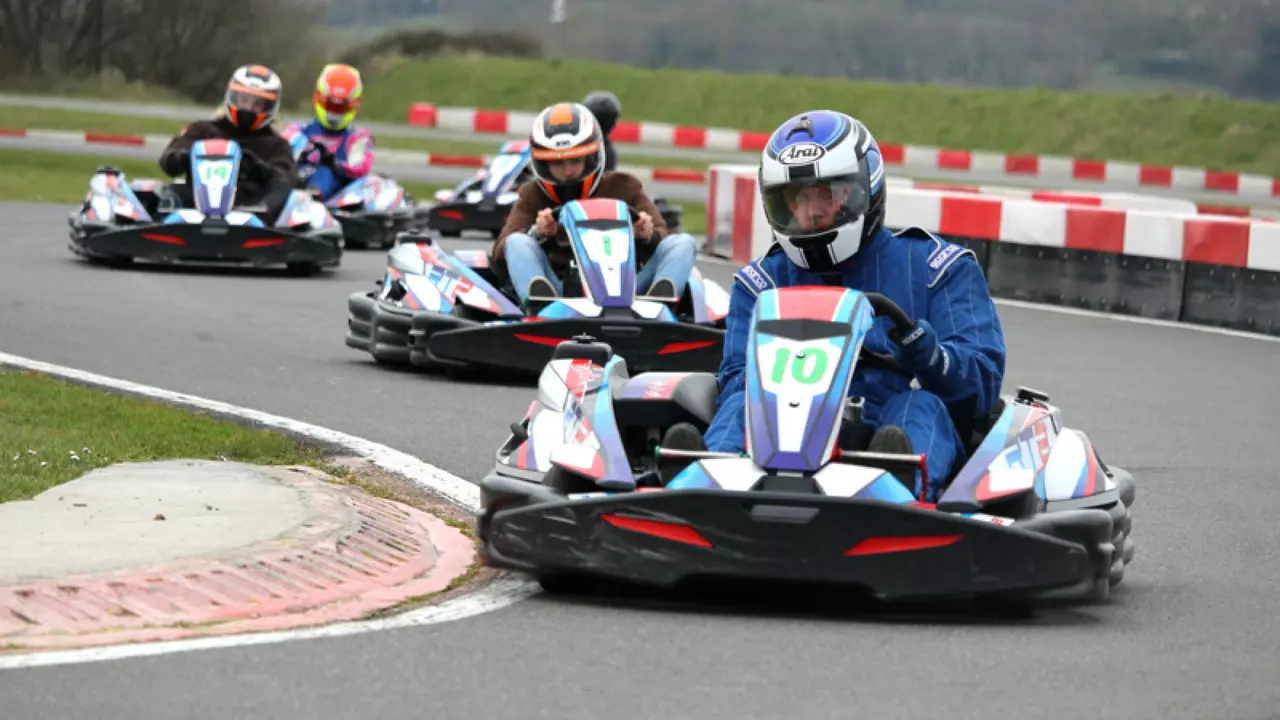Motorsport Career: How to Get Started and Build a Future in Racing
If you’ve ever felt the rush of a race engine or dreamed of being the next Valentino Rossi, you’re not alone. Turning that excitement into a real job takes more than passion – it needs a plan, the right gear, and a dose of practical knowledge. Below you’ll find the steps that most beginners follow, plus a peek at the engineering side of the sport.
Step 1 – Find a Local Track and Get on the Bike
The fastest way to test if racing is for you is to hit a track close to home. Look for a club or school that offers beginner sessions. Most places will let you rent a bike for the first few weeks, so you don’t have to buy a pricey machine right away. While you’re there, book a lesson with an experienced rider. Those few hours of coaching can teach you how to take a corner safely, how to brake correctly, and how to read the track line.
Safety gear is non‑negotiable. A full‑face helmet, gloves, boots, and a proper suit protect you and give you confidence. It may feel like a lot of spending, but think of it as an investment in your future career – the same way a qualified mechanic buys tools before opening a garage.
Step 2 – Build Skills Gradually
Start with a small, manageable bike. Many riders begin on a 125 cc machine before moving up to a 600 cc sportbike. The idea is to master control at lower speeds before tackling the high‑power machines you see on TV. Set realistic goals: finish a practice lap, then aim for a consistent lap time, then try a short race. Each milestone adds to your résumé and gives you talking points when you approach teams or sponsors.
If you’re more interested in the technical side, consider becoming a race engineer. That role blends data analysis with on‑track insight. Most engineers learn software like MATLAB for data crunching, Simulink for modelling, and CarSim for vehicle dynamics. Getting comfortable with these tools can be as simple as enrolling in an online course or joining a university program that offers motorsport modules.
When you land a junior engineering gig, you’ll spend your days pulling telemetry, tweaking suspension settings, and working with drivers to improve lap times. Knowing the basics of how a racing car’s wide base improves stability, for example, helps you explain why a certain setup works better on a fast circuit.
Beyond riding and engineering, there are plenty of other pathways – media, event management, pit crew, and even sponsorship sales. The key is to get a foot in any door that lets you see the inner workings of a race weekend. Volunteer at local events, intern with a team, or help a friend with track day logistics. Those experiences often turn into full‑time offers.
Finally, keep learning. Motorsport evolves fast: new aero packages, hybrid power units, and data‑driven strategies appear every season. Subscribe to a few trusted blogs, watch race analysis videos, and stay curious. The more you understand, the more valuable you become to a team looking for fresh talent.
So, whether you’re dreaming of a rider’s helmet or a laptop filled with lap data, start today. Find a track, gear up, learn the tools, and put yourself where the action happens. Your motorsport career isn’t a distant fantasy – it’s a series of small, doable steps that add up to a fast‑lane future.
Ladies and gents, start your engines! We're about to dive into the high-octane world of motorsport careers. Now, I don't mean to burst anyone's bubble, but this isn't for the faint-hearted. It's a thrilling, adrenaline-pumping ride full of twists, turns, and unpredictability. So, if you're a speed demon with a passion for burning rubber and can handle the pressure of a checkered flag, then yes, motorsport could be a hell of a career! But remember, it's not all champagne on the podium, it demands discipline, dedication, and a dash of daring-do. So, buckle up, it's going to be a wild ride!

